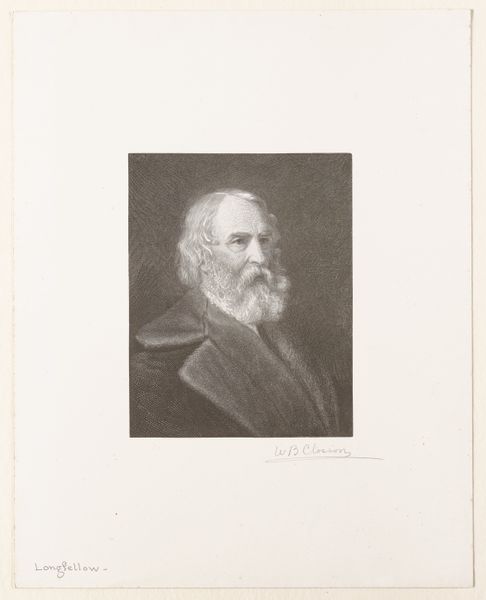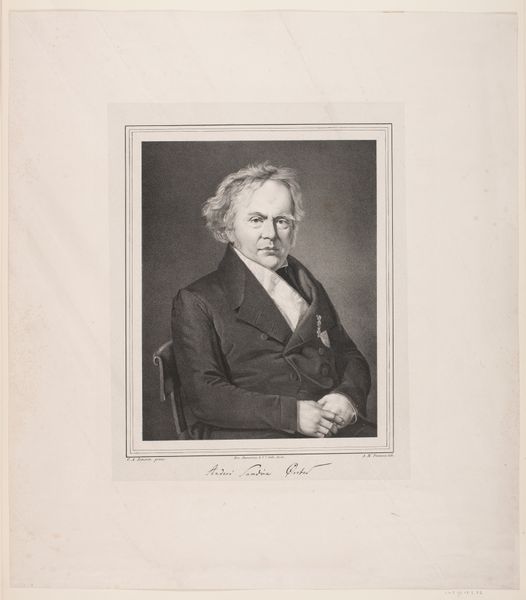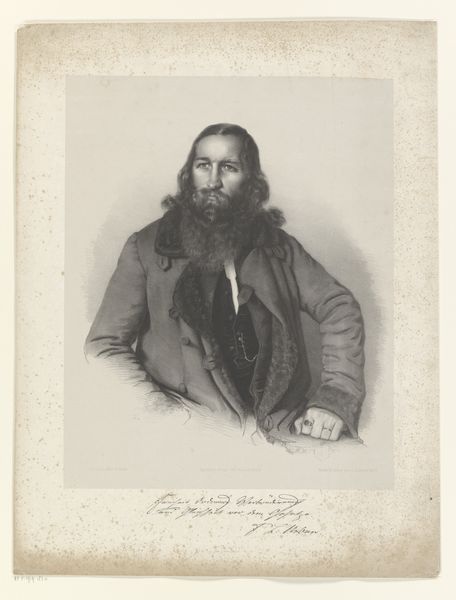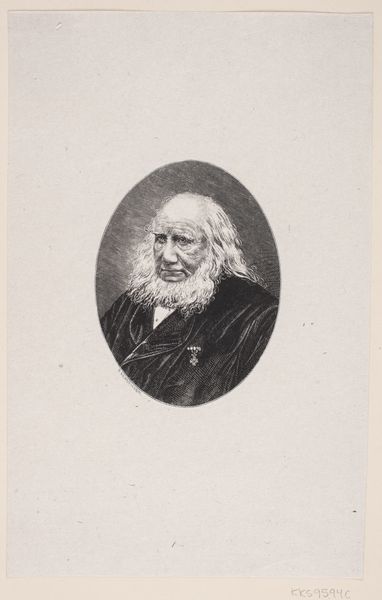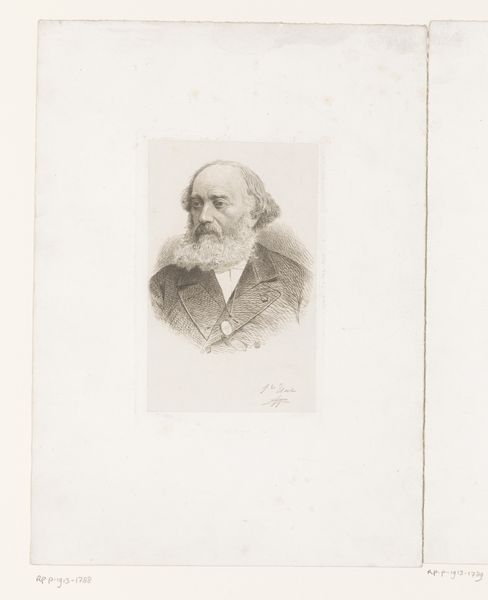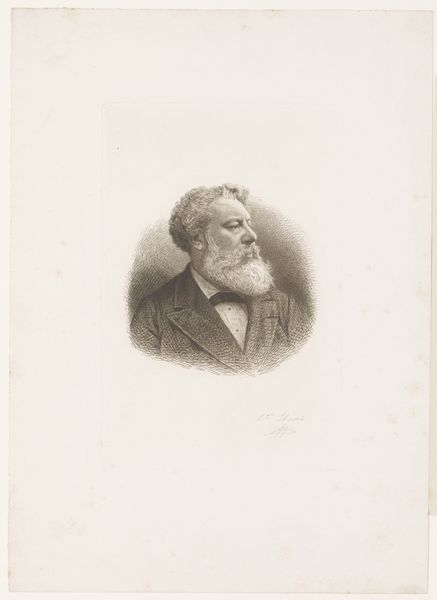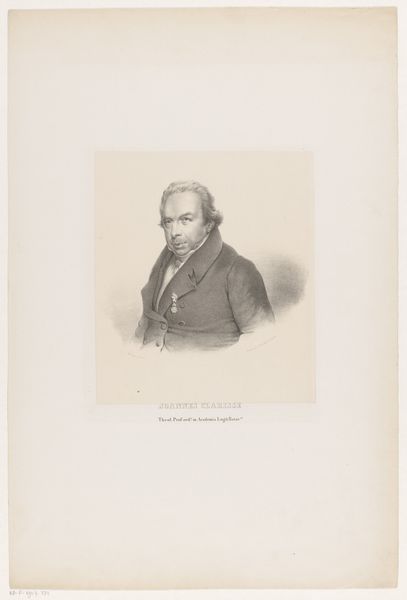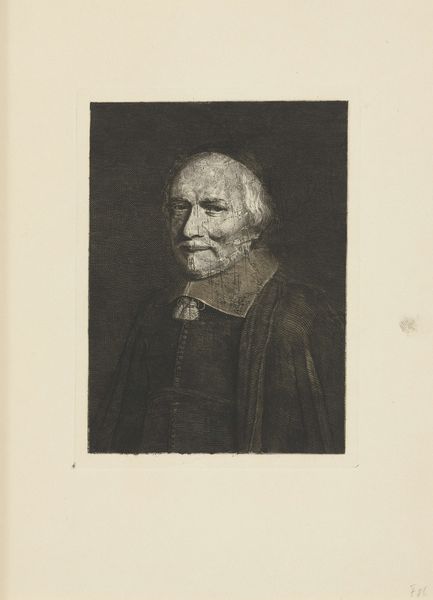
drawing, charcoal
#
portrait
#
drawing
#
portrait drawing
#
charcoal
#
academic-art
#
realism
Dimensions: height 485 mm, width 320 mm
Copyright: Rijks Museum: Open Domain
Editor: Here we have Jan Veth's 1893 charcoal drawing, "Portret van Jacob Moleschott," housed at the Rijksmuseum. The subtle gradations of charcoal give it a really tactile quality. What stands out to you about it? Curator: As a materialist, I’m struck by the labor involved in rendering such fine detail with charcoal. Consider the socio-economic implications. Who had the leisure to sit for such a portrait, and who possessed the skills and access to materials to create it? Editor: Moleschott was a scientist, right? So commissioning a portrait—this tangible object—was a way of cementing his intellectual labor. Curator: Precisely! And the choice of charcoal isn't accidental. It's a humble material, readily available, yet capable of producing exquisite results. Think about the carbon cycle itself—a material manifestation of constant transformation and energy, not dissimilar to Moleschott's own research perhaps? Was this a common material to immortalize thinkers? Editor: Interesting point. Often, portraits were rendered in paint, specifically oil on canvas. Charcoal seems...less formal. Accessible, even. Curator: The *process* becomes central. The artist meticulously building form, stroke by stroke. Also, the limitations of the medium become its strength. You can't achieve the same kind of illusionism as with oil paint. The *hand* remains evident. Editor: I’m starting to think about the relationship between the physical act of creating this portrait and Moleschott’s own scientific focus on the body. Curator: Consider, also, how the physical artifact itself might have been consumed—displayed, collected, perhaps even copied. Each interaction shaping its meaning within a network of social practices and power relations. Editor: That adds a layer of complexity I hadn't considered. It’s more than just a likeness; it's about material culture and social positioning. Curator: Exactly. Shifting our gaze from the subject to the *object* reveals a whole new dimension of meaning.
Comments
No comments
Be the first to comment and join the conversation on the ultimate creative platform.

